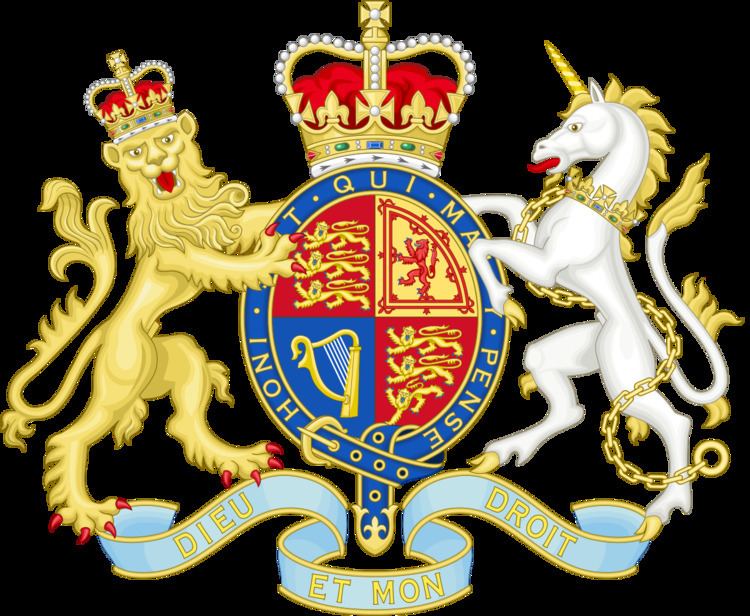Appointer Elizabeth II Formation 11 June 1711 | ||
 | ||
Financial Secretary to the Treasury is a junior Ministerial post in the British Treasury. It is the 4th most significant Ministerial role within the Treasury after the Chancellor of the Exchequer, the Chief Secretary to the Treasury, and the Paymaster General. It is almost never a Cabinet office.
Contents
- History
- Current role
- Financial Secretaries to the Treasury since 1830
- 18301900
- 19002001
- 2001present
- References
The incumbent as of July 2016 is Jane Ellison, MP, previously a parliamentary under secretary in the Department of Health. The previous office holder was David Gauke, who was promoted to the position of Chief Secretary to the Treasury in July 2016.
History
The role of Financial Secretary to the Treasury was created in 1711 and was known as the Junior Secretary to the Treasury to help deal with the increasing workload of the Senior Secretary to the Treasury. The first Junior Secretary to the Treasury is recorded as Thomas Harley who was appointed on 11 June 1711. The position has continued without any major interruption to the present day. Initially when the position of Senior Secretary to the Treasury became vacant not as the result of an election of change of government the Junior Secretary was usually automatically promoted to the senior role. Over time however, the roles of the Senior and Junior Secretaries began to diverge with the Senior Secretary post being used as a sinecure post for the Chief Whip, with no formal responsibilities to the Treasury. The Junior Secretary however remained a substantive position working in the Treasury. As such the Senior Secretary became known as the 'Parliamentary Secretary to the Treasury' while the Junior Secretary became known as the 'Financial Secretary to the Treasury' and the 'automatic' promotion from Junior to Senior ceased. While the exact date this change occurred is disputed it is agreed that by 1830 the distinction was complete.
In 1923 Sir William Joynson-Hicks became the–to date–only Financial Secretary to serve in the Cabinet due to the Prime Minister, Stanley Baldwin, also concurrently serving as Chancellor of the Exchequer.
Appointment to the position of Financial Secretary to the Treasury is often considered an important stepping stone in a politician's career; the previous four holders of the office have gone on to hold Cabinet-level positions.
Notable former Financial Secretaries to the Treasury include Lord Frederick Cavendish, Austen Chamberlain, Stanley Baldwin, Enoch Powell, Nigel Lawson, and Norman Lamont.
Current role
The current responsibilities of the Financial Secretary to the Treasury include Departmental responsibility for the Office for National Statistics, and the Royal Mint. The Financial Secretary to the Treasury had Departmental responsibility for HM Customs & Excise until the merger with the Inland Revenue to form HM Revenue and Customs.
Financial Secretaries to the Treasury since 1830
see Secretary to the Treasury for earlier incumbents1830–1900
Colour key (for political parties):
Conservative Liberal Peelite Tory Whig
1900–2001
Colour key (for political parties):
Conservative Labour Liberal Liberal National Liberal Unionist National Labour None Unionist
Note 1. ^ Between June 1917 and May 1919 Lever and Baldwin jointly held the position of Financial Secretary.
Note 2. ^ As Baldwin was both Prime Minister and Chancellor of the Exchequer Joynson-Hicks was a member of the Cabinet.
2001–present
Colour key (for political parties):
Conservative Labour
